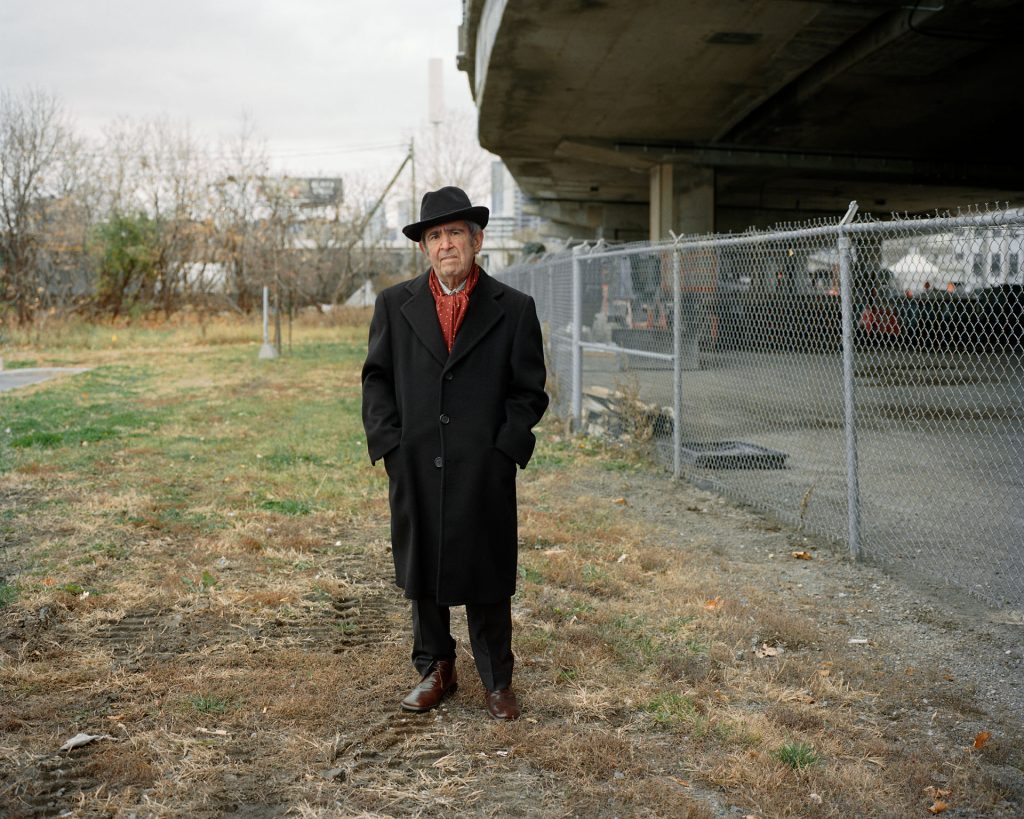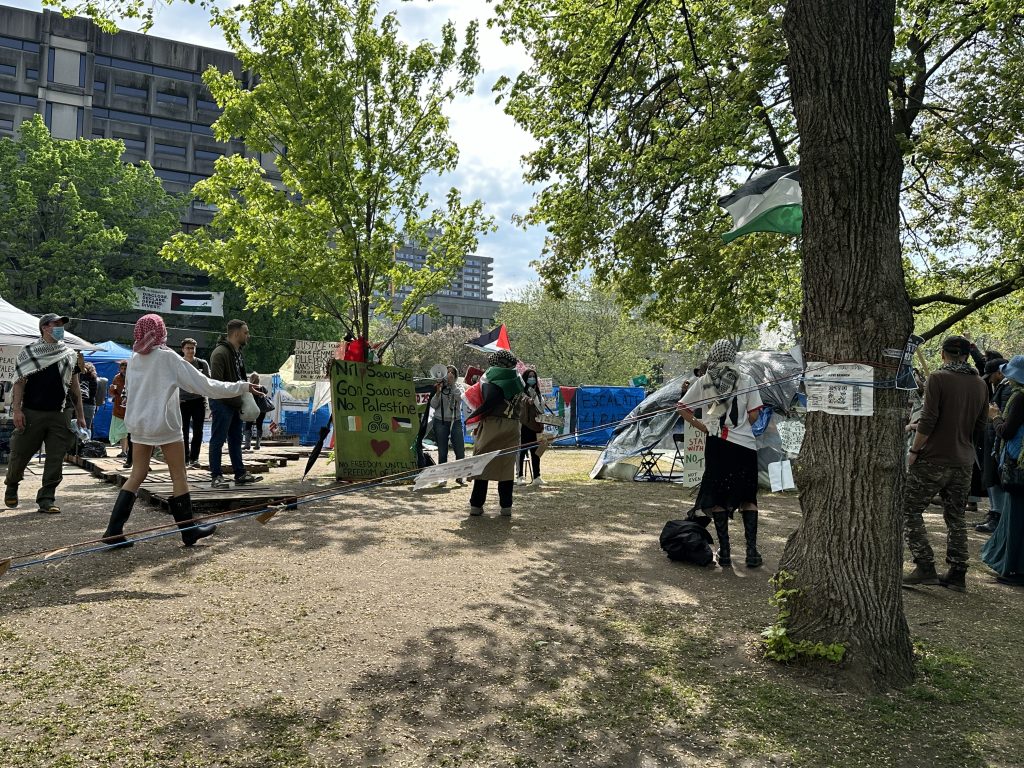Erased from history: Oft-forgotten Goose Village in Montreal was thriving immigrant neighbourhood – until it was destroyed
Posted January 5, 2024 8:29 am.
Last Updated January 5, 2024 6:31 pm.
Once a proud home to Irish, Italian, Polish and Ukrainian immigrants, the Goose Village in Montreal no longer exists.
The vibrant, thriving neighbourhood – in the area that’s considered Pointe-Saint-Charles today – was decimated by urban development in the 1960s.
Concordia professor and photographer Marisa Portolese has brought its forgotten history back to life with a book that pays tribute to the past.
“Through old history, what I’ve learned is that people had a deep, deep affection for the Goose Village,” Portolese said.
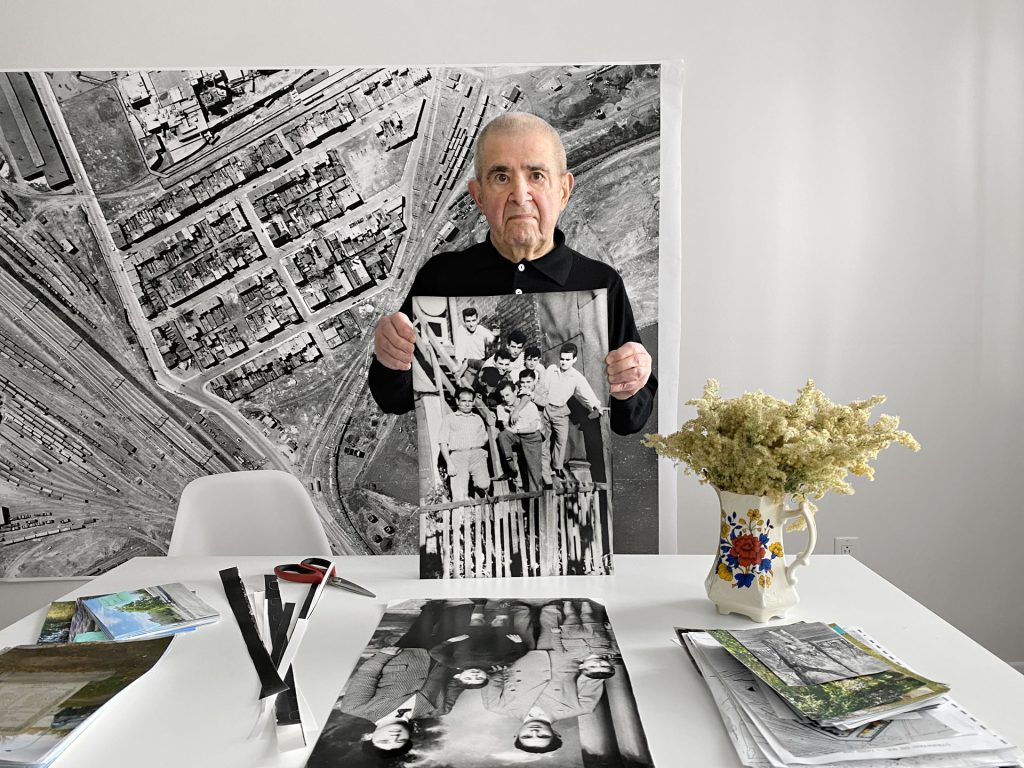
The demise of the Goose Village, officially known as Victoriatown back then, was linked to the hosting of Expo 67 in Montreal.
“They wanted to build a sports arena,” Portolese explained. “And so they sent letters to all the residents that ‘we’re going to use the Goose Village,’ to leave. And so people had to leave so that they could demolish the neighbourhood.
“And then what was even more tragic was that the sports arena, the Autostade, had a very short lifespan as well, and that was demolished in the 1970s. And then in 1996, until nearly 2000, there was a parking lot. In fact, there was a parking lot for many, many years.”
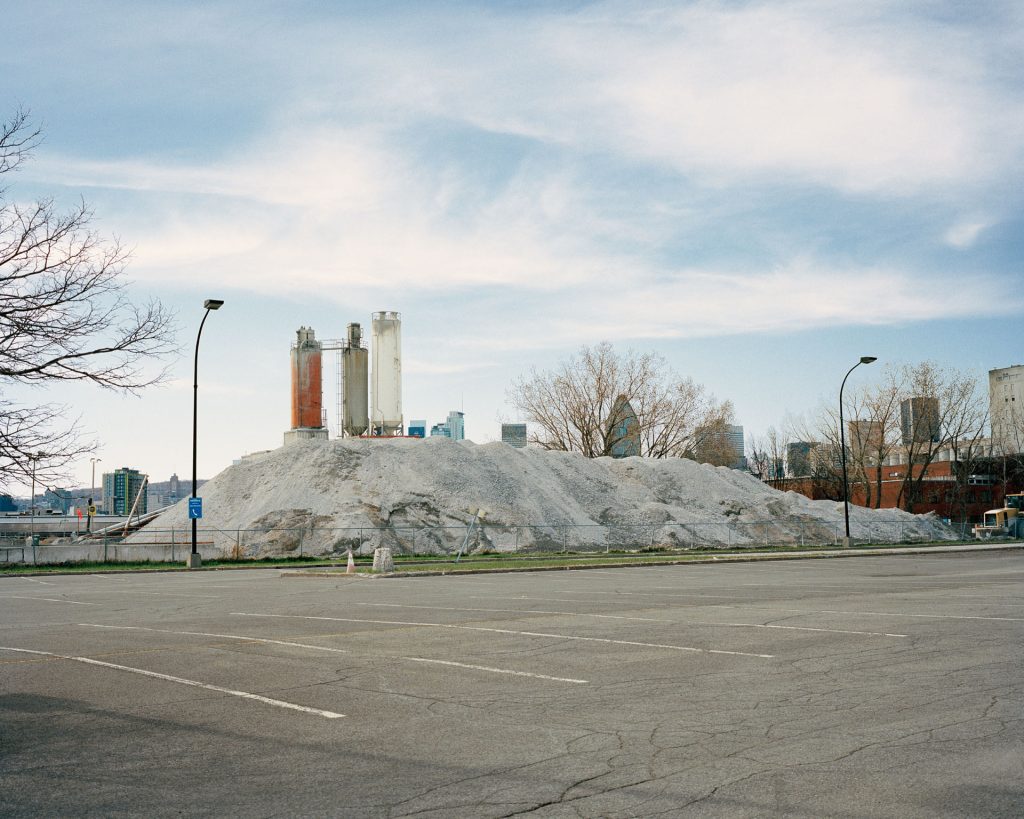
The story has a personal connection to Portolese, whose parents lived in the Goose Village. When it was torn down, they – and all other residents – were forced to move elsewhere.
“Their voices were disregarded and ignored during these decisions that were made by the City of Montreal,” the Concordia professor said.

Portolese says the neighbourhood’s history was then completely wiped out.
“When the Goose Village was demolished, it was erased from all Montreal maps. People don’t know about it. It is a really important part of our patrimony and our cultural heritage for all of the years that it existed, not just when the Italians and the Irish lived here.
“It was a working-class neighbourhood that a lot of the people that were living in that neighbourhood contributed to society, contributed to culture, contributed to the industry. And for me it was important that it wouldn’t be forgotten and that I can bring it back into light and into people’s mind and to educate them on what happened.”
Portolese’s long research project – about four years’ worth – culminated in a book that honours the forgotten neighbourhood and its people.
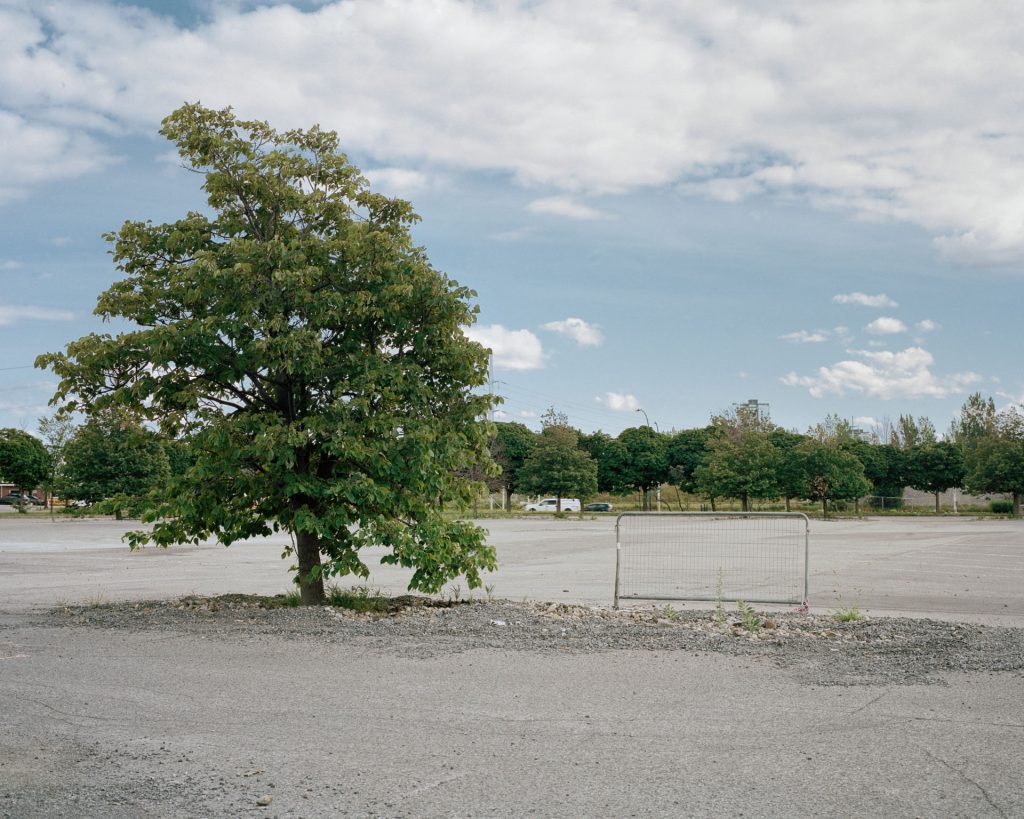
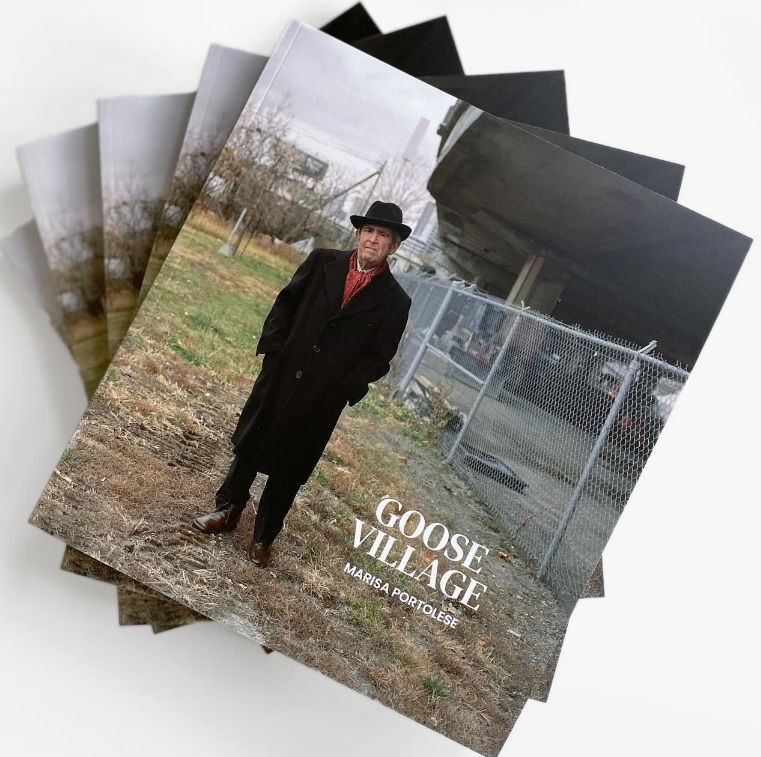
“Goose Village”: A Chronicle of Displaced Lives and Lost Heritage” – co-authored by Portolese and Vincent Bonin – was released in November.
“I’m an artist, I’m not a writer, so the project started off as a photographic and video project that included archives and maps. Very visual,” Portolese said. “Then I commissioned Vincent Bonin to write an essay for a book that I was going to initially produce. And so it was a really nice marriage between two different types of writing.
“And the thing that’s most important is that the book will live on. So another way of preserving those memories and preserving the community.”
